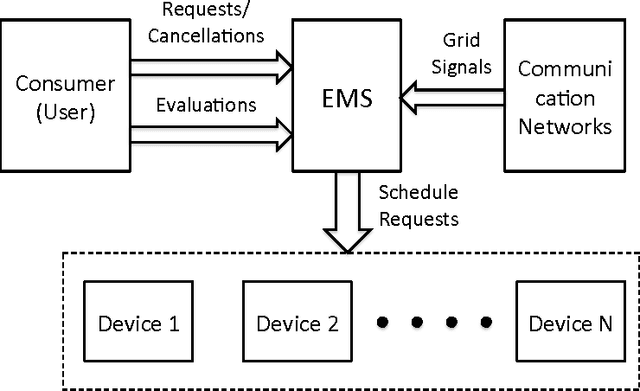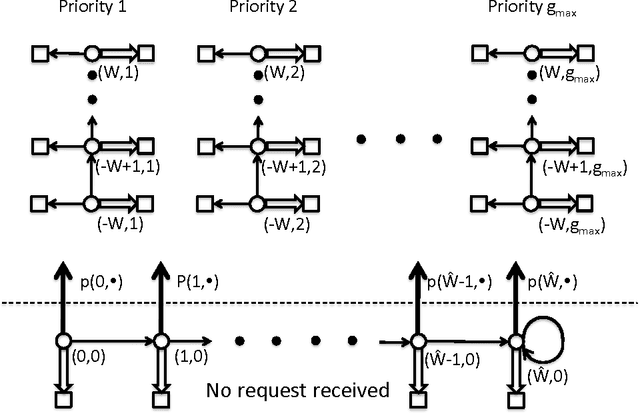Daniel O'Neill
Shape-Based Approach to Household Load Curve Clustering and Prediction
Feb 05, 2017



Abstract:Consumer Demand Response (DR) is an important research and industry problem, which seeks to categorize, predict and modify consumer's energy consumption. Unfortunately, traditional clustering methods have resulted in many hundreds of clusters, with a given consumer often associated with several clusters, making it difficult to classify consumers into stable representative groups and to predict individual energy consumption patterns. In this paper, we present a shape-based approach that better classifies and predicts consumer energy consumption behavior at the household level. The method is based on Dynamic Time Warping. DTW seeks an optimal alignment between energy consumption patterns reflecting the effect of hidden patterns of regular consumer behavior. Using real consumer 24-hour load curves from Opower Corporation, our method results in a 50% reduction in the number of representative groups and an improvement in prediction accuracy measured under DTW distance. We extend the approach to estimate which electrical devices will be used and in which hours.
Optimal Demand Response Using Device Based Reinforcement Learning
Jun 28, 2014



Abstract:Demand response (DR) for residential and small commercial buildings is estimated to account for as much as 65% of the total energy savings potential of DR, and previous work shows that a fully automated Energy Management System (EMS) is a necessary prerequisite to DR in these areas. In this paper, we propose a novel EMS formulation for DR problems in these sectors. Specifically, we formulate a fully automated EMS's rescheduling problem as a reinforcement learning (RL) problem, and argue that this RL problem can be approximately solved by decomposing it over device clusters. Compared with existing formulations, our new formulation (1) does not require explicitly modeling the user's dissatisfaction on job rescheduling, (2) enables the EMS to self-initiate jobs, (3) allows the user to initiate more flexible requests and (4) has a computational complexity linear in the number of devices. We also demonstrate the simulation results of applying Q-learning, one of the most popular and classical RL algorithms, to a representative example.
 Add to Chrome
Add to Chrome Add to Firefox
Add to Firefox Add to Edge
Add to Edge